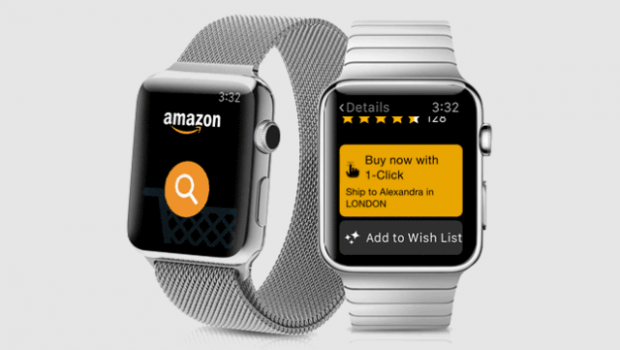

GET MARKETING INSIGHTS TO GROW YOUR AMAZON BUSINESS
– MARKET SHARE
– COMPETITOR INSIGHTS
– PRODUCT CATEGORY POTENTIAL & A LOT MORE!
Want to improve the usability of your eCommerce site? Psst…Pay attention to your product taxonomy!


Product taxonomy organizes merchandise into hierarchies and categories to help customers search and browse items using both drop-down menus and left-hand navigational bars. A well-designed taxonomy keeps the user’s needs front and centre, taking into account how they typically search or browse for products.
When looking at your existing taxonomy, or when designing a new system, keep in mind that there will never be one “right” taxonomy for any set of products. Your customers are a diverse group and are likely to browse and search using their own defined sense of taxonomy. The key is to thoroughly research how shoppers search for products on your site now, then design a taxonomy that responds to those typical search requests. The aim is to get the customer to the desired product quickly, make it easy for them to buy, and ensure that the whole shopping experience is one they will want to repeat. Designing a taxonomy takes time and shouldn’t be rushed. The challenge with any taxonomy is that it usually presents a complex problem with no best solution, but rather the best compromise. Often a single product can, and should, be placed in multiple categories. For example, envelopes might fit into the “Office Supplies” category and also the “Paper Products” category; a winter sweater could easily slot into both the “Clothes by Season” and “Clothes by Fabric” categories. Define the categories and figure out which products are related to which categories.
Faceted Navigation
Facets are vital for larger e-commerce stores. Faceted navigation works on the basis of allowing the shopper to filter a category by a number of classifications, such as price, size, or colour. While facets can be costly and time-consuming to develop, they offer more options to the customer. Working on the principle that you can’t buy what you can’t find, faceted navigation has been shown to improve product findability in general.
By relating products through their attributes and facets, your e-commerce store can cross-sell/up-sell other appropriate products to potential buyers. Interested in a laptop computer? Then how about one of these great cases to put it in? Buying a Valentine’s gift? Take a look at February’s red product sale items. By the way, make sure to build in a spot for gifts or promotions to highlight seasonal items or great deals.
Optimized Taxonomy


Especially important in today’s world of mobile devices and smart wearables is a quick result. Whether on a smartphone or an Apple Watch, mobile users demand a minimal number of clicks to get to where they want to go. Taxonomy designed with the mobile shopper in mind allows consumers to get there fast.
Studies have shown that there is generally an improvement in cart additions and conversion rates that coincide with the introduction, or improvement, of a taxonomy system on an e-commerce site. Customers find products quickly, are given options, and can easily compare different items, making for a pleasant and productive shopping experience.
It’s definitely worth your time to pay attention to product taxonomy.
